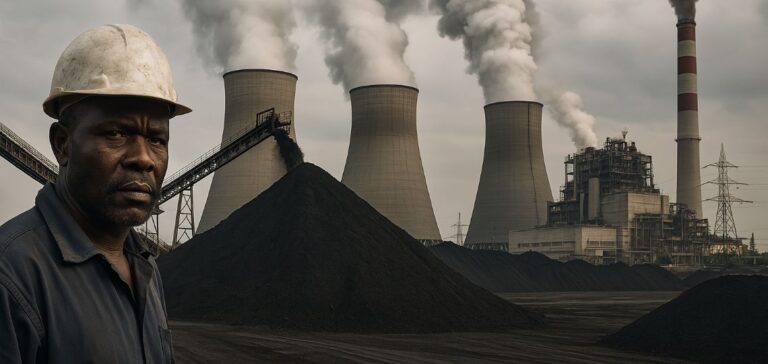Zambia and Zimbabwe have restarted several coal-fired power stations as the global trend moves towards a significant reduction in coal-based energy generation. This approach emerges as most major economies are withdrawing investments from fossil fuels in favour of energy sources considered more sustainable. These projects in Southern Africa are largely supported by Chinese financial backing, despite an official pledge made by Beijing in 2021 to halt funding for new overseas coal plants.
The Boom and Bust Coal 2025 report, published in April 2025 by Global Energy Monitor, states that only 44 gigawatts (GW) of new coal capacity were commissioned globally in 2024. This marks the lowest level recorded in two decades. Excluding China, global installed capacity declined by 9.2 GW. In countries belonging to the Organisation for Economic Co-operation and Development (OECD), the number of coal power development projects fell from 142 in 2015 to just five in 2024.
Global retreat from coal, rise of alternatives
On a global scale, the move away from coal has intensified. Since 2015, projects under development outside China and India have dropped by over 80%, from 445 GW to 80 GW. Indonesia and Malaysia, two of Southeast Asia’s primary coal consumers, have begun transitioning progressively towards alternative energy sources.
Despite this global shift, Zambia and Zimbabwe are pursuing distinct national strategies, largely driven by local electricity supply needs and energy independence concerns. In both countries, existing infrastructure and available resources make coal a more economically viable option compared to other alternatives, according to several industry observers.
External funding and political contradictions
The report highlights the contradiction between international political declarations and actual financial practices. Although China announced in 2021 that it would cease funding new overseas coal plants, several projects identified in Zambia and Zimbabwe are receiving financial support linked to Chinese companies or institutions.
This situation could present medium-term strategic challenges for both countries, in an environment where the competitiveness of renewable energy is increasing. Technological developments and regulatory incentives at the international level are adding pressure on existing coal projects, heightening their exposure to economic, political, and legal risks.






















